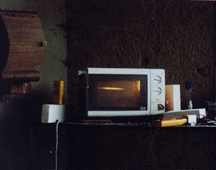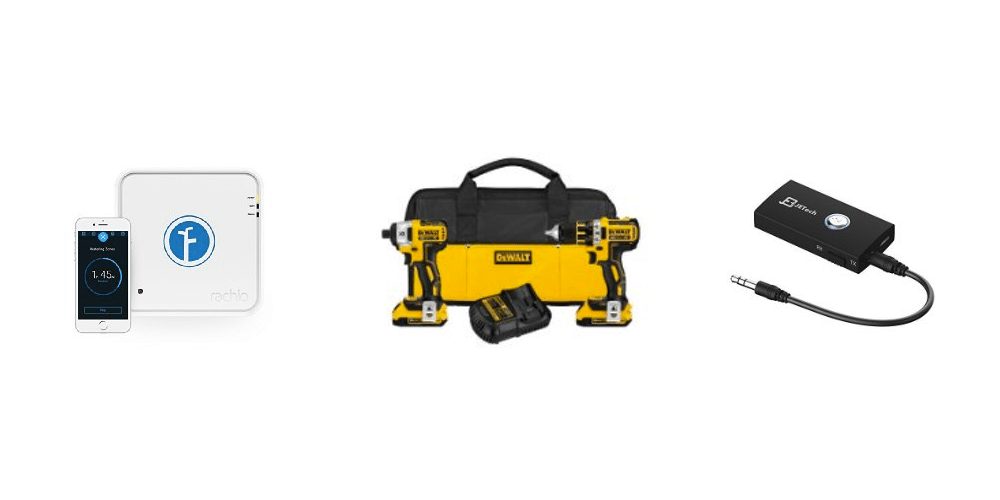The easiest route for genuine hands-on learning: take apart some old stuff. Old computers, old appliances. What’s inside? What can you do with them? How about a microwave?
A microwave can be used to melt metal. Remember what happens to tin foil or a fork in a microwave? Here’s what happens if you do everything you should not do with a microwave. This website describes experiments in using a microwave to melt metals up to 1,000 degree C.
The first part of this Foundry Note describes a technique for using a domestic microwave oven to melt and cast, to accurate shape, small quantities (up to a quarter of a kilo) of bronze, silver, white metal or iron. The technique has been used to cast pieces from ceramic shell moulds up to about 18cm high, and is an accessible alternative to other small-scale melting set-ups, for example the flask casting of jewellery. The second part of the note describes thoughts and tests which led to the procedure. It offers guidance and some warnings, to anyone making investigations into metal heating by microwave.


The modifications are relatively minor:
To be of use for metal casting, a domestic microwave oven rated D or E (850W or 1000W) needs two slight modifications: the rotating glass plate must be removed and the holes which admit air to the cooking chamber must be taped over (masking tape works reasonably well). The air from the magnetron cooling will then be re-directed to the exterior. No other modifications should be made. Microwaves are potentially dangerous and the uninitiated should treat the oven with respect.


